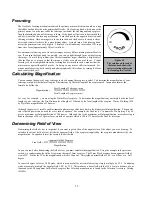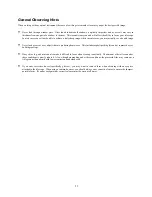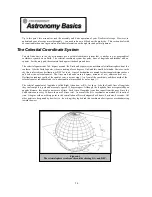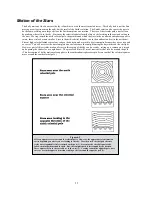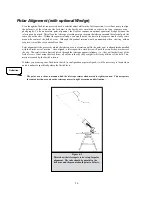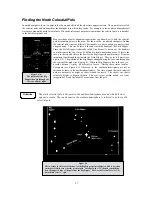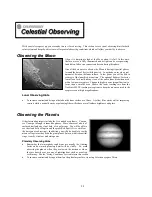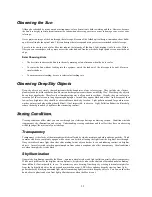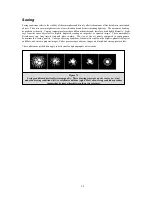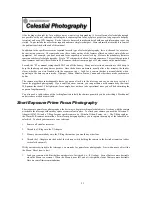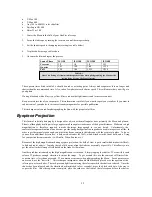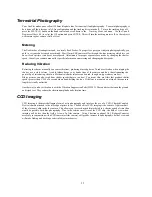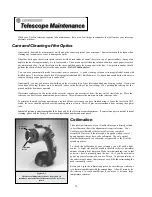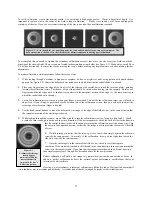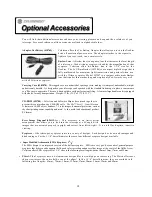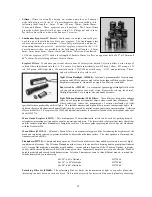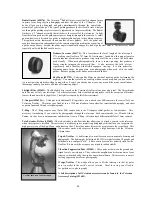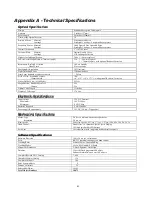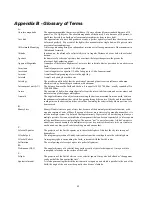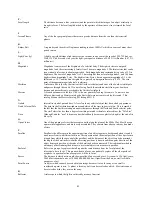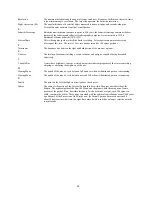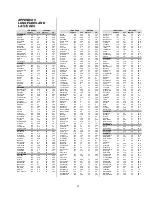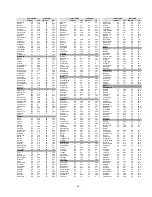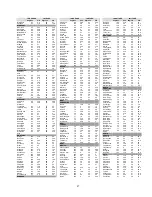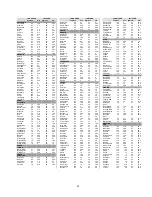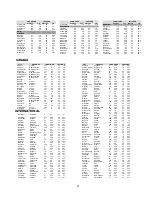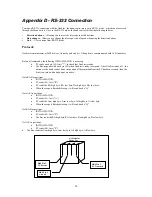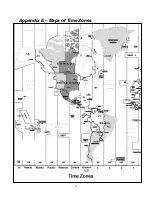
36
While your NexStar telescope requires little maintenance, there are a few things to remember that will ensure your telescope
performs at its best.
C
C
a
a
r
r
e
e
a
a
n
n
d
d
C
C
l
l
e
e
a
a
n
n
i
i
n
n
g
g
o
o
f
f
t
t
h
h
e
e
O
O
p
p
t
t
i
i
c
c
s
s
Occasionally, dust and/or moisture may build up on the corrector plate of your telescope. Special care should be taken when
cleaning any instrument so as not to damage the optics.
If dust has built up on the corrector plate, remove it with a brush (made of camel’s hair) or a can of pressurized air. Spray at an
angle to the lens for approximately two to four seconds. Then, use an optical cleaning solution and white tissue paper to remove
any remaining debris. Apply the solution to the tissue and then apply the tissue paper to the lens. Low pressure strokes should
go from the center of the corrector to the outer portion. Do NOT rub in circles!
You can use a commercially made lens cleaner or mix your own. A good cleaning solution is isopropyl alcohol mixed with
distilled water. The solution should be 60% isopropyl alcohol and 40% distilled water. Or, liquid dish soap diluted with water (a
couple of drops per one quart of water) can be used.
Occasionally, you may experience dew build-up on the corrector plate of your telescope during an observing session. If you want
to continue observing, the dew must be removed, either with a hair dryer (on low setting) or by pointing the telescope at the
ground until the dew has evaporated.
If moisture condenses on the inside of the corrector, remove the accessories from the rear cell of the telescope. Place the
telescope in a dust-free environment and point it down. This will remove the moisture from the telescope tube.
To minimize the need to clean your telescope, replace all lens covers once you have finished using it. Since the rear cell is NOT
sealed, the cover should be placed over the opening when not in use. This will prevent contaminants from entering the optical
tube.
Internal adjustments and cleaning should be done only by the Celestron repair department. If your telescope is in need of internal
cleaning, please call the factory for a return authorization number and price quote.
C
C
o
o
l
l
l
l
i
i
m
m
a
a
t
t
i
i
o
o
n
n
The optical performance of your NexStar telescope is directly related
to its collimation, that is the alignment of its optical system. Your
NexStar was collimated at the factory after it was completel
assembled. However, if the telescope is dropped or jarred severel
during transport, it may have to be collimated. The only optical
element that may need to be adjusted, or is possible, is the tilt of the
secondary mirror.
To check the collimation of your telescope you will need a light
source. A bright star near the zenith is ideal since there is a minimal
amount of atmospheric distortion. Make sure that tracking is on so that
you won’t have to manually track the star. Or, if you do not want to
power up your telescope, you can use Polaris. Its position relative to
the celestial pole means that it moves very little thus eliminating the
need to manually track it.
Before you begin the collimation process, be sure that your telescope
is in thermal equilibrium with the surroundings. Allow 45 minutes for
the telescope to reach equilibrium if you move it between large
temperature extremes.
Collimation
Screws
Corrector
Plate
Figure 9-1
The three collimation screws are located on th
secondary mirror holder in the center of the corrector
plate.
Содержание NexStar 5
Страница 1: ...I IN NS ST TR RU UC CT TI IO ON N M MA AN NU UA AL L ...
Страница 51: ...51 A Ap pp pe en nd di ix x E E M Ma ap ps s o of f T Ti im me e Z Zo on ne es s ...
Страница 52: ...52 ...
Страница 53: ...53 ...
Страница 54: ...54 ...
Страница 55: ...55 ...
Страница 56: ...56 ...
Страница 57: ...57 ...
Страница 58: ...58 ...

